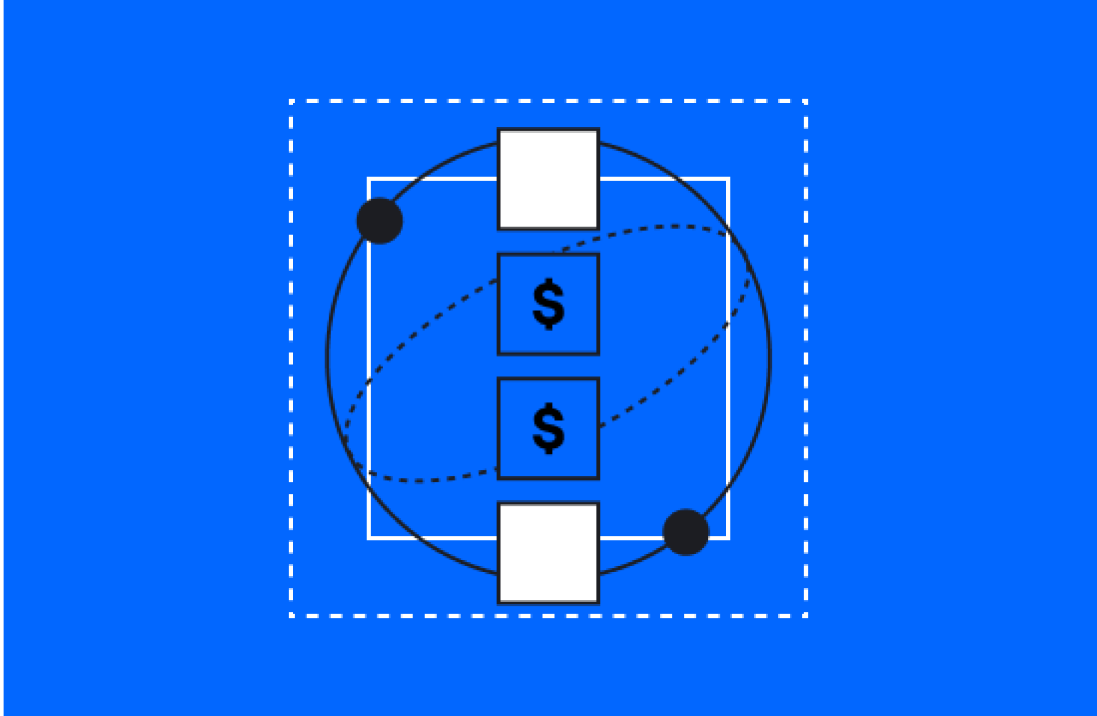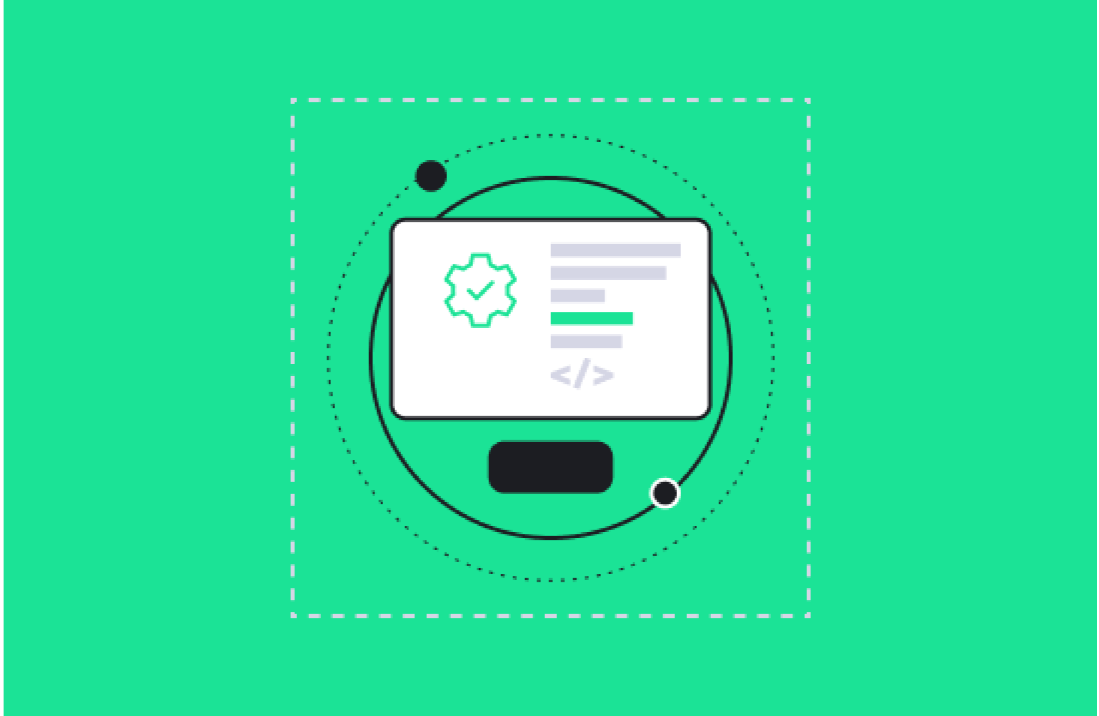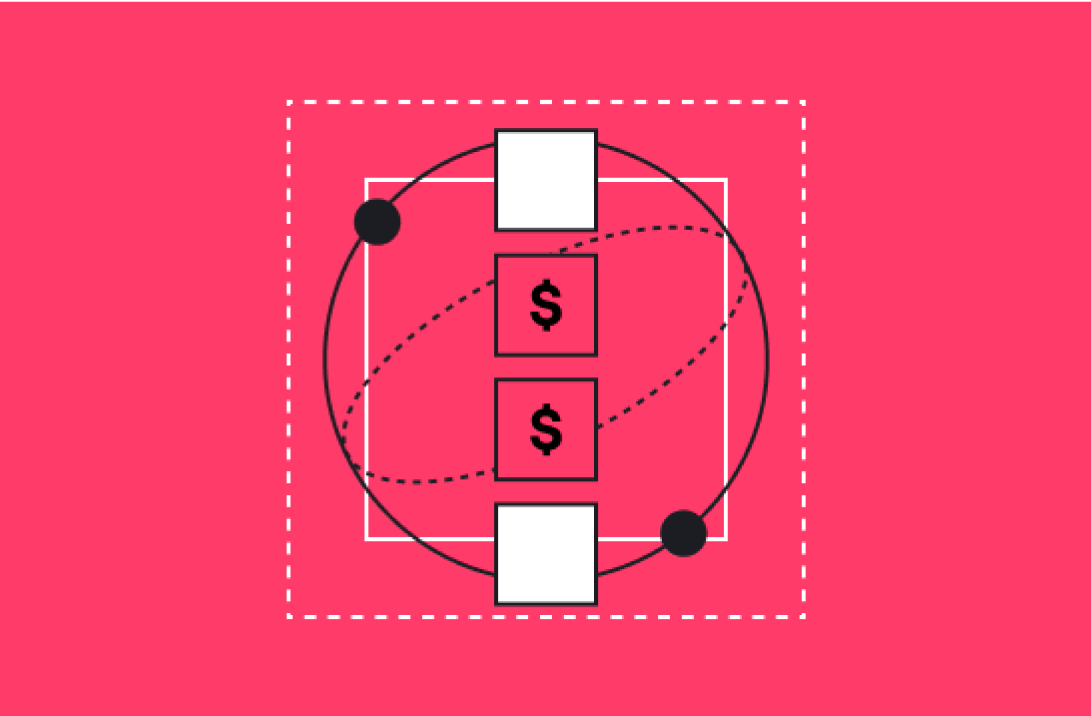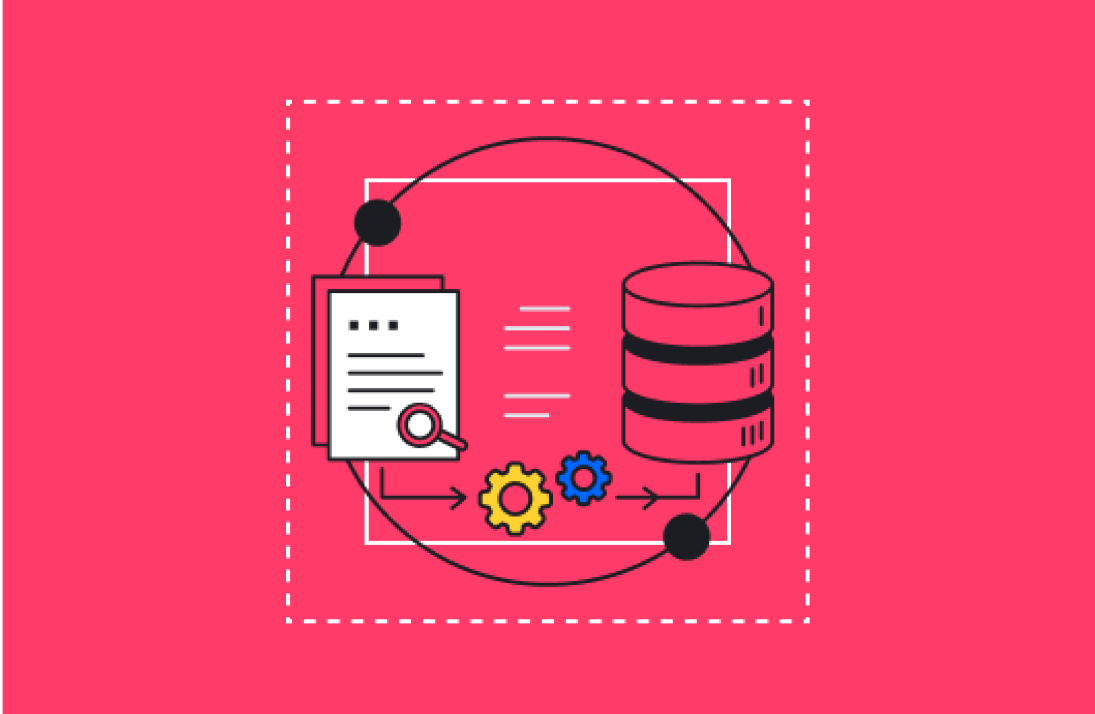Data that lives in spreadsheets and warehouses isn’t helping your marketing, unless you can activate it. HubSpot Data Hub is the evolution of Operations Hub, designed for everyone (marketing, sales, service), not just developers. With Data Studio for composing live datasets, Data Quality to enforce standards, and a clear credits model for external sync, teams can turn third‑party data into segments, workflows, and reporting, without duct‑tape imports.
Ops Hub → Data Hub: what actually changed
-
Audience shift: From ops/dev‑only to cross‑functional teams.
-
Activation-first: Datasets power segments, workflows, dashboards, and CRM sync, not just reports.
-
New capabilities: Data Studio (no‑code datasets from sheets/apps/warehouses) and a revamped Data Quality Overview.
-
Pricing posture: Base pricing aligns to Operations Hub; only specific external sync actions use credits.
Data Studio: spreadsheets, apps, and warehouses, made actionable
What it is: A spreadsheet‑style workspace to join Google Sheets, data‑warehouse tables, and HubSpot objects into a single dataset you can use across the platform.
What you can do
-
Connect sources in a few clicks (e.g., Sheets + Contacts via email).
-
Transform with formulas/derived columns in a safe, dataset layer.
-
Activate directly: build segments/lists, trigger workflows, sync to CRM properties/records, or report, no manual imports.
-
Automate updates so downstream campaigns stay fresh.
Example: Join a warehouse table of product usage + a Google Sheet of entitlements to enroll “expansion‑ready” accounts into a lifecycle workflow and a sales play.
Data Quality Overview: cleanliness that scales
Dirty data kills conversion and forecasting. Data Quality gives you:
-
AI‑powered cleanup (dedupe, standardize formats, fix incomplete fields).
-
Smart enrichments that pull conversation- and behavior‑derived details into records.
-
Rules enforcement so your standards (naming, required fields, picklists) hold as you scale.
Result: better segmentation, fewer broken workflows, more reliable dashboards—and stronger AI outputs.
The credits model: simple and predictable
Most everyday Data Hub work is credit‑free. Credits apply to specific external sync/AI operations inside Data Studio. Purchases include an allowance; additional credits are pooled across hubs if you already buy them elsewhere. For planning, track:
-
How often a dataset refreshes from external sources
-
Volume of rows synced per refresh
-
Which AI transformations you enable
From data to action: segments and workflows
Turn datasets into outcomes:
-
Compose a dataset that joins external fields (usage, firmographics) with HubSpot objects.
-
Publish to activation:
-
Segments/lists for targeting and suppression
-
Workflows for routing, customer marketing, CS plays
-
CRM properties for reporting and permissions
-
-
Measure lift by segment (open/click/SQL), by play (expansion, renewal), and by hygiene (bounce, dupe rate).
Migration notes: Operations Hub → Data Hub
- Feature continuity: Your Ops Hub features persist; Data Hub adds Data Studio and enhanced Data Quality.
- Naming/UI changes: Update internal docs and training to reflect Data Hub terminology.
- Plan your first datasets: Start with one high‑value join (e.g., product usage + MQLs). Ship, then scale.
- Governance: Define source of truth per field; use rules to prevent drift; document refresh cadences.
Metrics that matter
- Time to activation (external change → segment/workflow update)
- Segment performance (CTR, SQL rate, revenue/segment)
- Data hygiene (duplication, completeness, standardization score)
- Credit usage vs. business impact (per dataset)
Need help implementing HubSpot Data Hub or connecting your warehouse and Sheets?
Let’s build a marketer‑owned data layer that actually works, for segmentation, automation, and reporting. Let’s Chat





